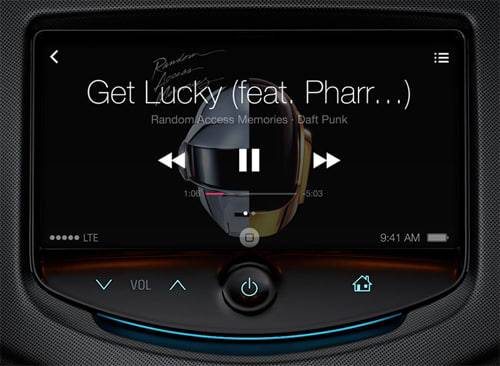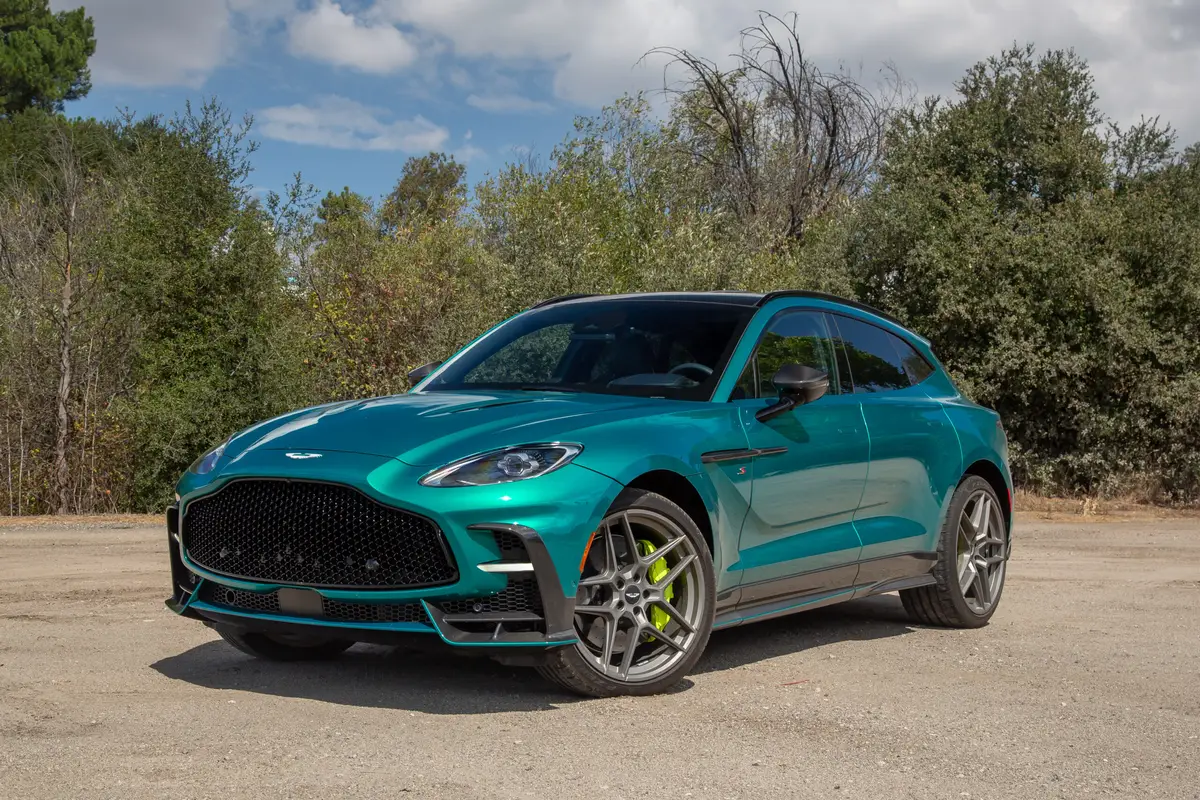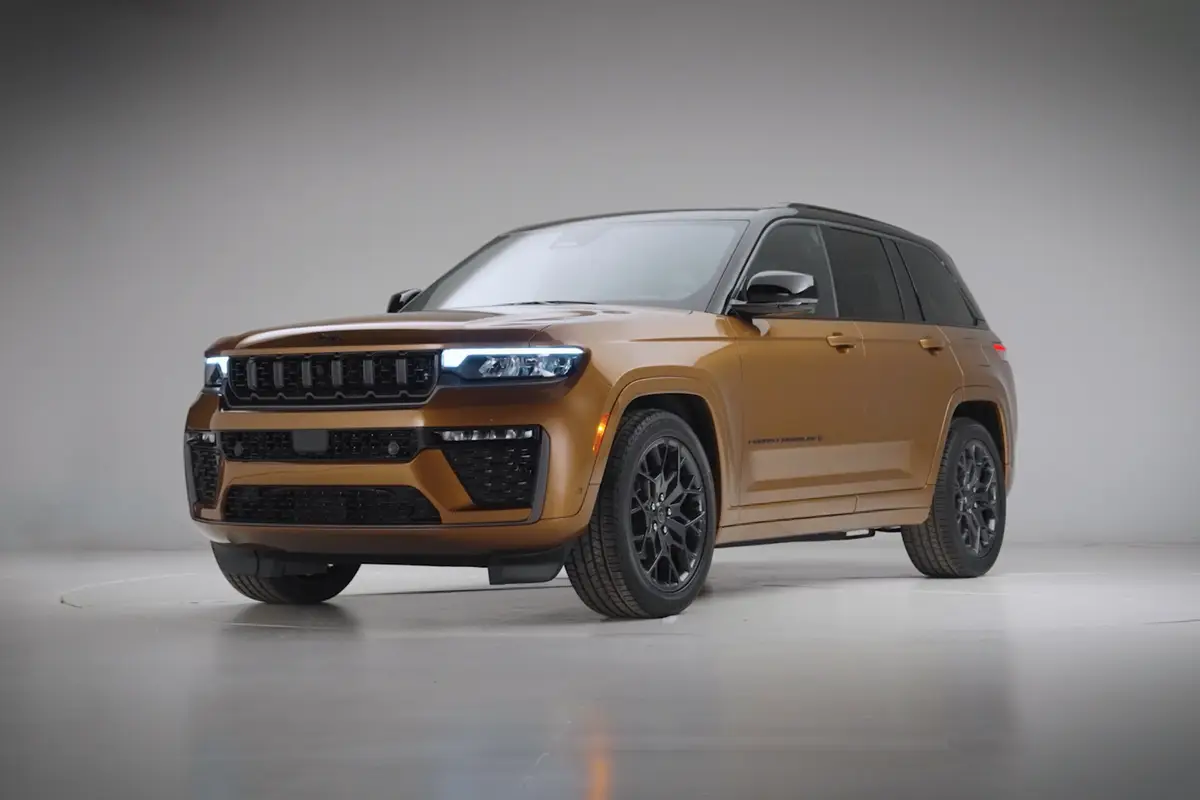Automakers Wrestle with Smartphone, Multimedia Integration


The auto industry dreams big. Audi said Tuesday it will have 4G LTE connectivity in the 2015 A3 with shared smartphone/car data plans, and the automaker said earlier this year it sees the connected-car movement bringing driverless cars here by the decade’s end. Nissan agrees. Cisco Systems and Continental AG debuted a connected-car concept in August that could seamlessly switch between 3G, 4G and WiFi networks to deliver cloud-based services and better network security. And industry researcher IHS said Tuesday it expects 152 million connected cars on the road worldwide by 2020.
More 2013 Los Angeles Auto Show Coverage
None of that helps with today’s smartphones that lose in-car Bluetooth connectivity or voice-recognition systems that garble whatever is said, which are two recurrent complaints consumers voiced in J.D. Power and Associates’ latest Initial Quality Survey. If the so-called “connected car” wants to reach the big leagues, it needs to stop taking strikes on the little stuff.
That’s what experts wrestled with at a panel discussion during the 2013 Los Angeles Auto Show’s Connected Car Expo.
“When you think about the automobile, in many ways it’s really isolated from the internet of things today — and in a way, it should be one of the coolest mobile apps,” keynote speaker Jim Farley, Ford’s sales and marketing chief, told expo attendees. “The digital mobile economy that we live in, that customers’ lives are defined by, we’re not in control [of]. The car companies historically pretended like we are, but we must move at the speed of culture.”
Farley’s “speed of culture” makes the car a fourth screen, Google Maps business director Tarun Bhatnagar added. Well-connected drivers already have a smartphone, a computer and a tablet. Dashboard screens, which are proliferating even among non-luxury brands, are the fourth device — and they’re the least capable.
“That needs to change,” Bhatnagar said. “The fourth screen in our life, which is truly the most mobile device of all — the car — is not connected.”
The pace of change could be slow. IHS’ projection — 152 million connected cars in 2020 — is less than 1 percent of the 18 billion internet-connected devices expected that year.
How do automakers and technology companies accelerate connectivity? One way is to employ what the industry calls “terminal mode” — essentially putting smartphone content, filtered by safety restrictions, straight onto the dashboard screen. Some players have championed a system dubbed MirrorLink that would standardize how mobile devices do just that.
Terminal mode contrasts with a second path, where select mobile items — from certain apps to text messages — flow into a set interface of varying rigidity, from AcuraLink to the Cadillac User Experience system. That’s what CNET editor Brian Cooley calls the “completely vertical solution.” Third-party companies like Apple have a solution that falls somewhere in between: iOS 7 will plug the company’s familiar interface into a car-centric display.
Automakers hustle to keep up — in part because smartphone compatibility changes all the time, said Derek Kuhn, who heads up sales and marketing at QNX Software Systems. “You’re probably going to go through a bunch of different smartphones when you own one vehicle,” Kuhn said. “There’s a lot of engineering that has to happen in cooperation. … It can’t just be ‘screen scraping,’ ” which is taking content from a smartphone and throwing it on the dashboard.
Which approach is right? All of them, Honda business development manager Charles Koch said.
“We’re seeing this roadmap toward blending,” Koch said. “And some services [are] coming embedded, and other services coming tethered” from smartphones. Alan Ewing, president of the MirrorLink-supporting Car Connectivity Consortium, agreed.
“There’s no reason that multiple approaches can’t be supported,” Ewing said. “Taking the information from the phone to the dash and replicating it in a reduced way is an approach that makes sense.”
At day’s end, the goal is to extend car-centric aspects of a connected life — without you noticing it.
“When technology’s transparent, it really gets out of the way,” Cooley said. “You are now dealing with the media … more than you are dealing with the hardware.” Phil Abram, GM’s chief infotainment officer, put it best.
“While as an industry we want to talk about standardization and narrow it down because that makes our lives easier, it probably doesn’t make our customers’ lives easier,” he said. “What a customer cares about is their phone works with their car. Period.”

Former Assistant Managing Editor-News Kelsey Mays likes quality, reliability, safety and practicality. But he also likes a fair price.
Featured stories


2026 Aston Martin DBX S Review: Excellence in (DB)X S


